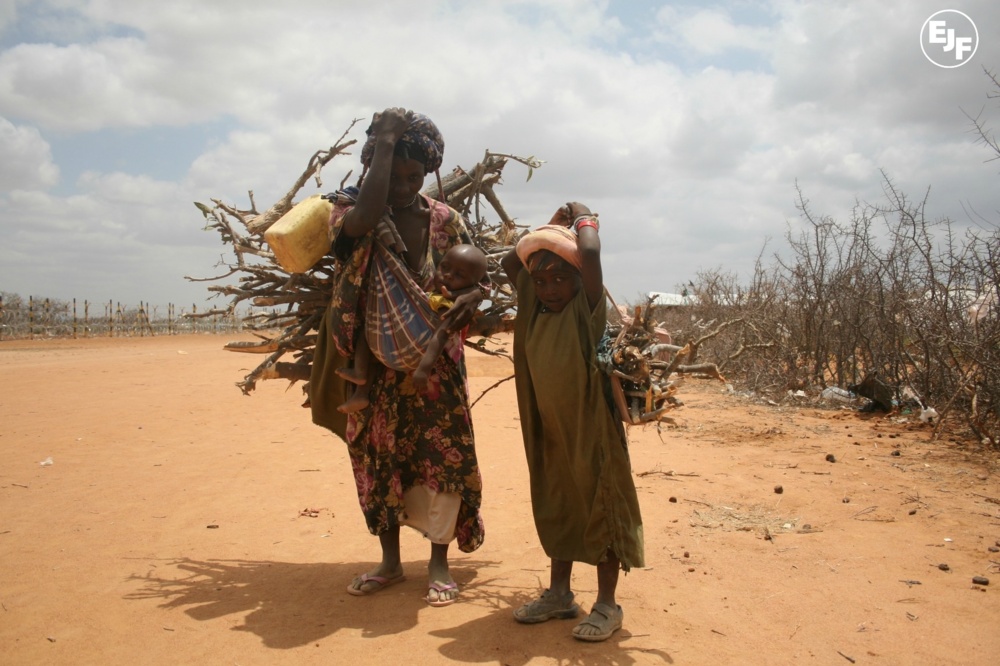
SDGs: Climate action key to securing sustainable development for all
While the SDGs represent a growing understanding of the intertwined nature of development, the environment and human rights, securing equitable, sustainable development will remain out of grasp if we do not tackle our greatest environmental challenge: climate change.
Sustainable development is defined as securing economic development without depleting our natural world, development that meets the needs of the present without compromising the needs of future generations.
It is about living within our planet’s natural boundaries and putting environmental and human protection on a par; two sides of the same coin.
Two years ago, our world leaders came together and pledged their commitment to sustainable development; agreeing 17 global goals (the Sustainable Development Goals - or SDGs) setting an ambitious pathway to a better future.
Following on from the Millennium Development Goals, these new global goals recognise this new holistic approach to development, that addresses the root causes of the challenges we face, and which includes the universal commitment of all countries.
But, while the new goals represent a growing understanding of the intertwined nature of development, the environment and universal human rights, securing equitable, sustainable development for all will remain out of grasp if we do not tackle our greatest environmental challenge: climate change.
Climate change is one of the gravest threats we, as a society, face today.
Rising temperatures and changing rainfall patterns are already bringing more frequent extreme weather events, reducing crop yields and disrupting access to clean water, increasing the spread of diseases, and threatening increased migration, conflict and social unrest.
The human costs of climate change are already too high, and it is no surprise that it is highly embedded on the SDG agenda, with new goals to directly tackle the challenge - Goal 13 on Climate Action for example, or Goal 7 on Affordable and Clean Energy.
But the SDG’s dependence on climate action goes way beyond these goals.
It is no coincidence that those countries worst hit by climate change were those that made the least progress towards meeting the MDGs.
Without action, these same countries face missing out on the promise of the SDGs too.
As climate change pushes our oceans and land to the brink (Goals 14 and 15), families are becoming unable to meet their basic needs of food (Goal 2) and clean water (Goal 6). They are left having to prioritise their very survival over the relative luxuries of sending their children to school (Goal 3), or getting medical attention (Goal 4) - no matter how much attention we give these issues at the international level.
Meanwhile, climate vulnerable communities - those that are so often the least responsible for the problem - are being left disintegrated, divided and scattered, as families are forced from their homes by climate change’s worsening impacts.
Failing to take action to protect these climate change refugees, to build resilience and take action to halt the worst impacts they face, will not only leave us short of achieving safe and sustainable cities (Goal 11) but could put global peace at risk (Goal 16).
Climate action is not just one goal; it is at the centre of all of the SDGs and EJF is appealing to world leaders to take a much more holistic approach to protecting our climate and our environment - to embed this approach as they look to meet all 17 of the global goals.
We cannot afford to be complacent anymore.
Addressing climate change now is at the very heart of paving the way for a better society. It is our greatest hope for achieving sustainable development for all.
SIGN UP FOR OUR EMAILS AND STAY UP TO DATE WITH EJF